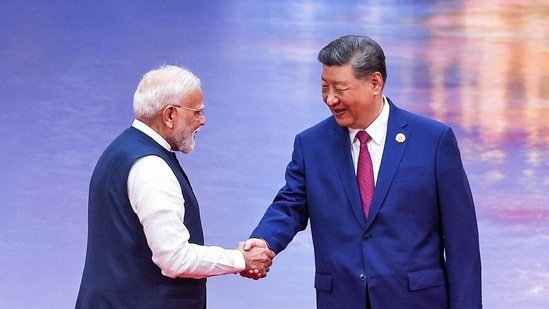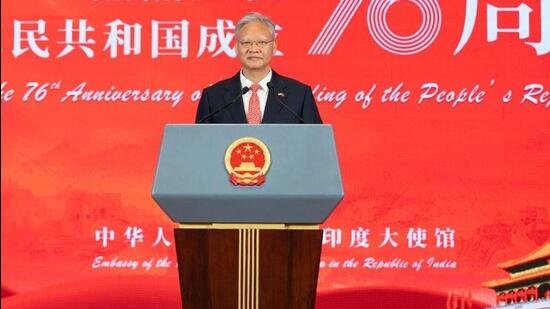China has recently showcased a major leap in its naval power. For the first time, state broadcaster CCTV released footage of its Fujian aircraft carrier using an electromagnetic catapult system, also known as EMALS, to launch three different aircraft.
The video showed the J-35 stealth fighter, the upgraded J-15T fighter, and the KJ-600 early warning aircraft taking off from Fujian’s deck, marking what state media called a “milestone” in the country’s carrier programme. This technology has until now only been seen on America’s newest carrier, the USS Gerald R. Ford.
What is EMALS and why is it significant?
Unlike older ski-jump ramps used on China’s Liaoning and Shandong carriers, the EMALS system allows aircraft to launch with heavier fuel and weapon loads. That means they can fly farther and hit harder. In practical terms, Fujian’s fighters can now strike targets at greater ranges, giving China the so-called “blue-water” capability that allows its navy to project power well beyond its shores. For Beijing, it is not just a technological achievement but also a signal of its growing ambition on the global stage.
How does Fujian compare to US carriers?
The EMALS system puts the Fujian in the same league as America’s USS Gerald R. Ford. However, there is one big difference, the Fujian is conventionally powered, while all US carriers use nuclear power. That means US carriers can stay at sea for months at a time, limited only by crew supplies, whereas Fujian must refuel at sea or in port. Even so, analysts say the Fujian is now China’s most advanced carrier and could be officially commissioned into the navy within weeks.
What are the next steps for China’s navy?
According to former US Navy captain Carl Schuster, the Fujian will go through more trials in the coming months, with integration tests involving the PLA Air Force and Rocket Force likely by spring next year. If successful, the Fujian will give China a powerful tool for extending its reach into contested regions like the South China Sea and beyond.
Why does this come at a sensitive time?
The timing of the carrier’s progress is notable. A US congressional delegation is currently in Beijing for talks, the first such visit in six years, focusing on military communication. US Representative Adam Smith warned that without direct dialogue, the world’s two biggest militaries risk dangerous miscalculations. “China is the most rapidly growing military and the most rapidly growing nuclear power in the world… It is dangerous for us not to be having regular communications,” he said in Beijing.
Chinese Defence Minister Dong Jun, meanwhile, called on Washington to “remove disruptive and restrictive factors” to improve ties. The talks follow a phone call between President Donald Trump and Xi Jinping, with both leaders set to meet at the APEC summit in South Korea next month.






